Germany PMI Manufacturing rose from 65.1 to 65.6 in July, above expectation of 64.1. PMI Services rose from 57.5 to 62.2, above expectation of 59.5, record high since June 1997. PMI Composite rose from 60.1 to 62.5, record high since Jan 1998.
Phil Smith, Associate Director at IHS Markit said: “Germany’s private sector economy remains in the fast lane to recovery, according to July’s flash PMI survey. Buoyed by a resurgent service sector, the survey’s headline index is now at a record high and signals that the recovery still possesses strong momentum at the start of the third quarter.”




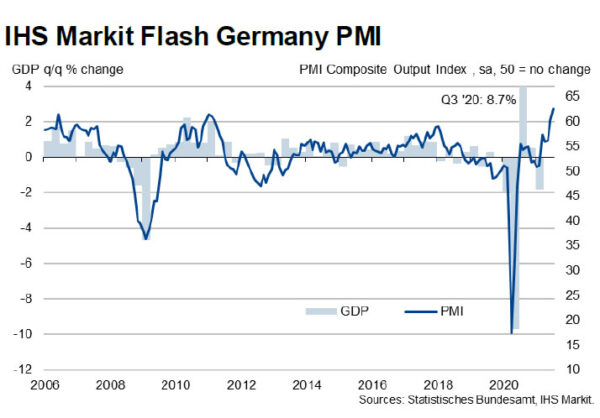
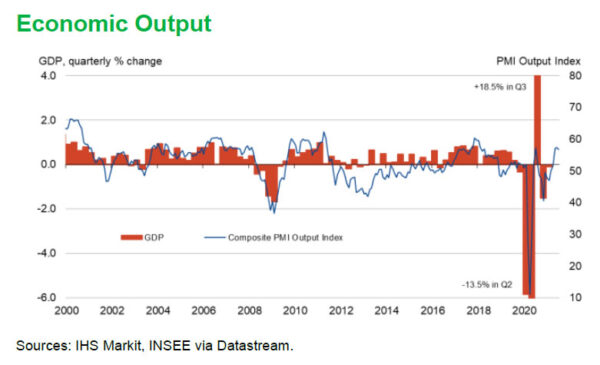
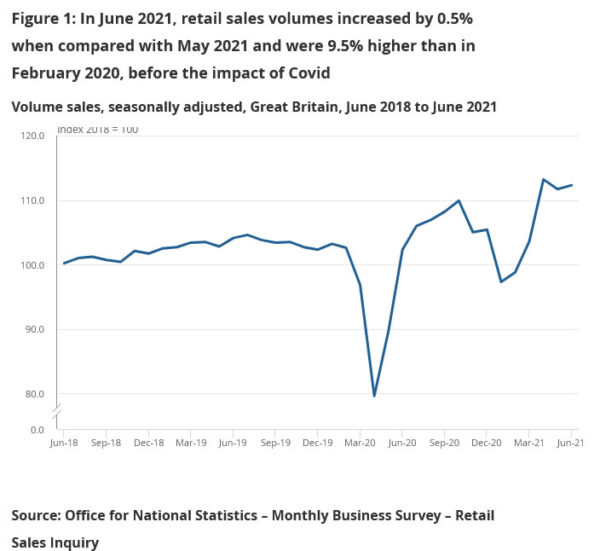
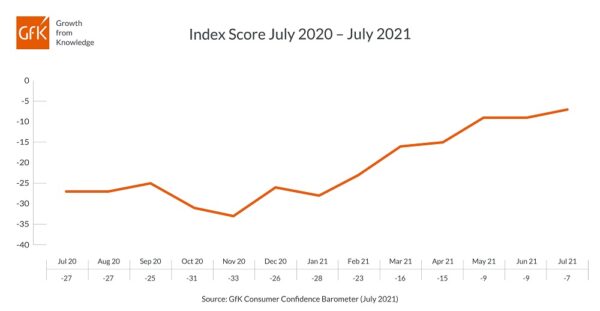
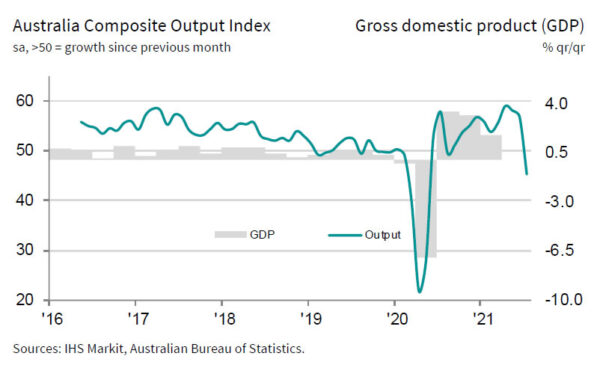

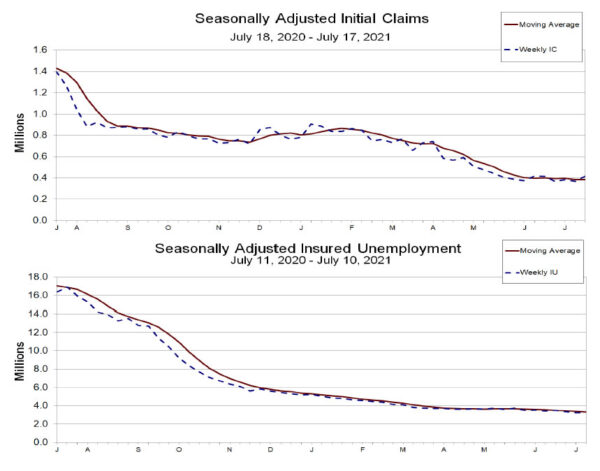
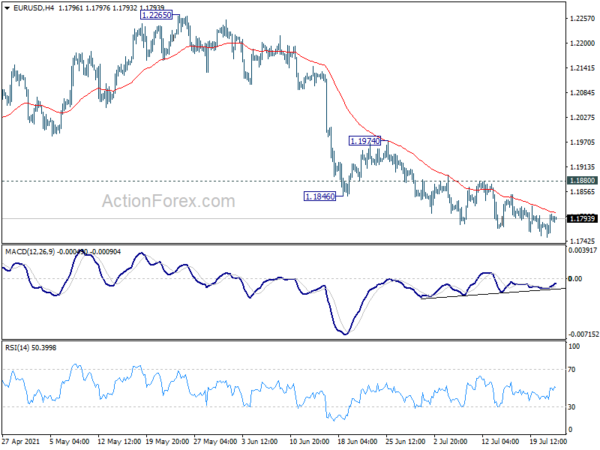
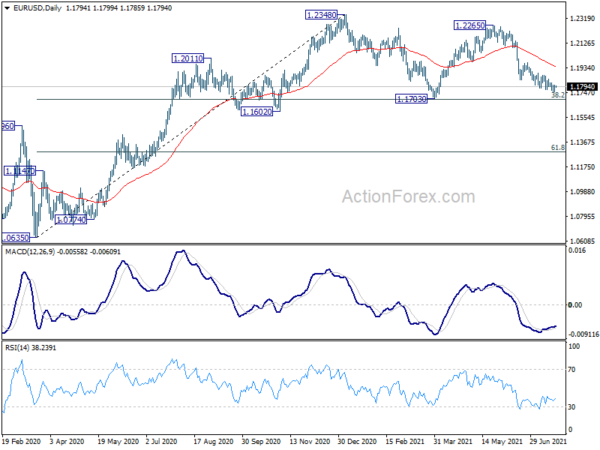
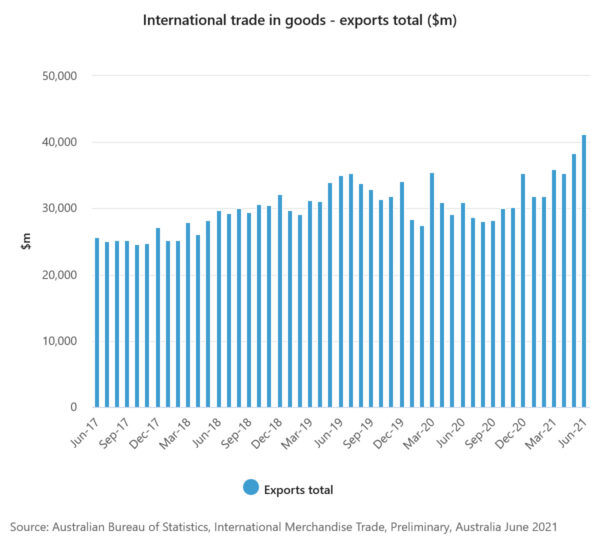
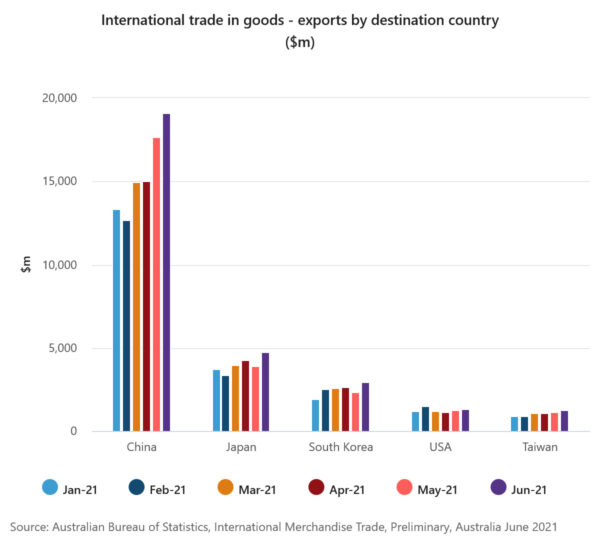
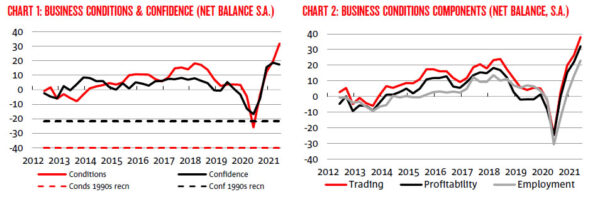
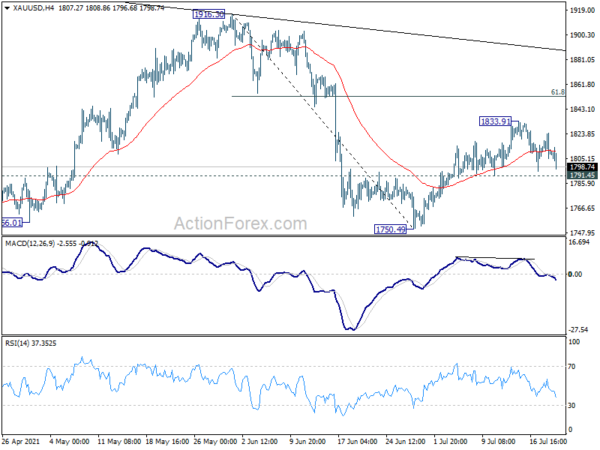
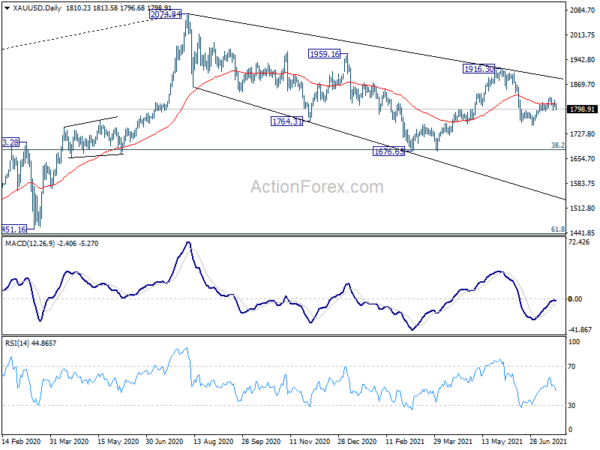
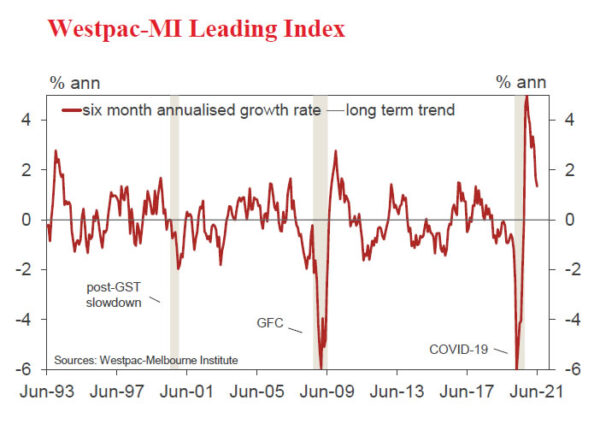
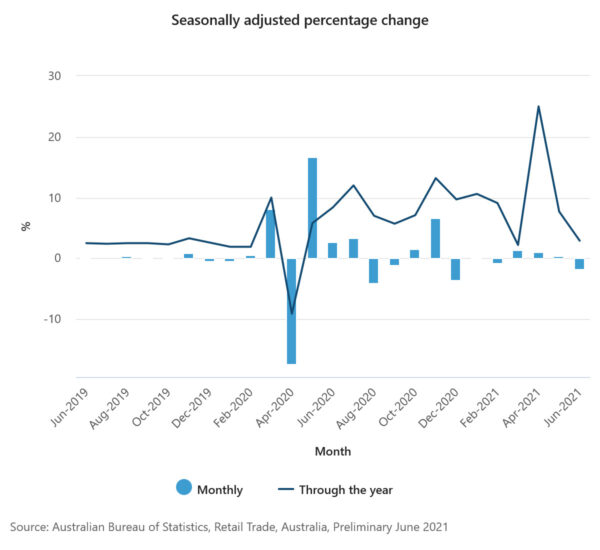
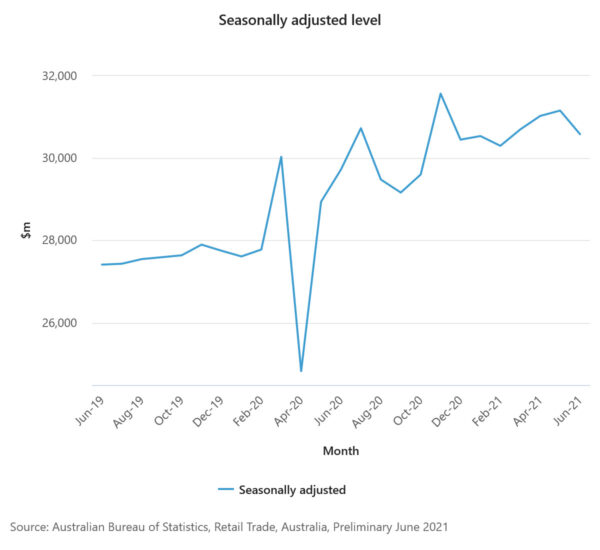
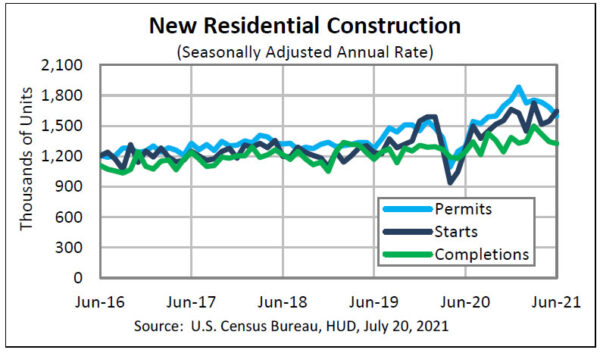
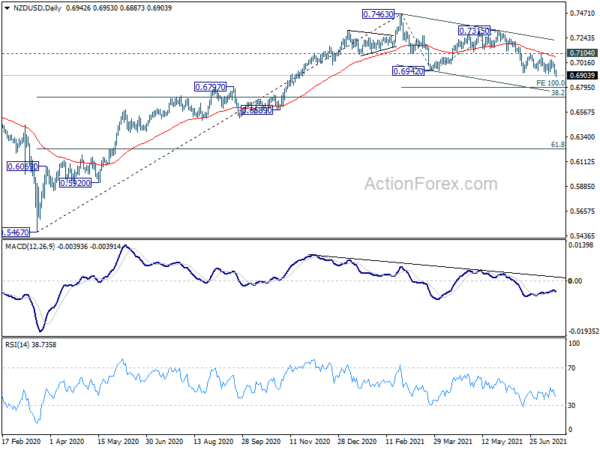

Eurozone PMI composite rose to 60.6, 21-yr high, enjoying a summer growth spurt
Eurozone PMI Manufacturing dropped from 63.4 to 62.6 in July, above expectation of 62.5. PMI Services rose from 58.3 to 60.4, above expectation of 59.6, a 181-month high. PMI Composite rose from 59.5 to 60.6, highest in 252 months.
Chris Williamson, Chief Business Economist at IHS Markit said: “The eurozone is enjoying a summer growth spurt as the loosening of virus-fighting restrictions in July has propelled growth to the fastest for 21 years. The services sector in particular is enjoying the freedom of loosened COVID-19 containment measures and improved vaccination rates, especially in relation to hospitality, travel and tourism.”
Full release here.